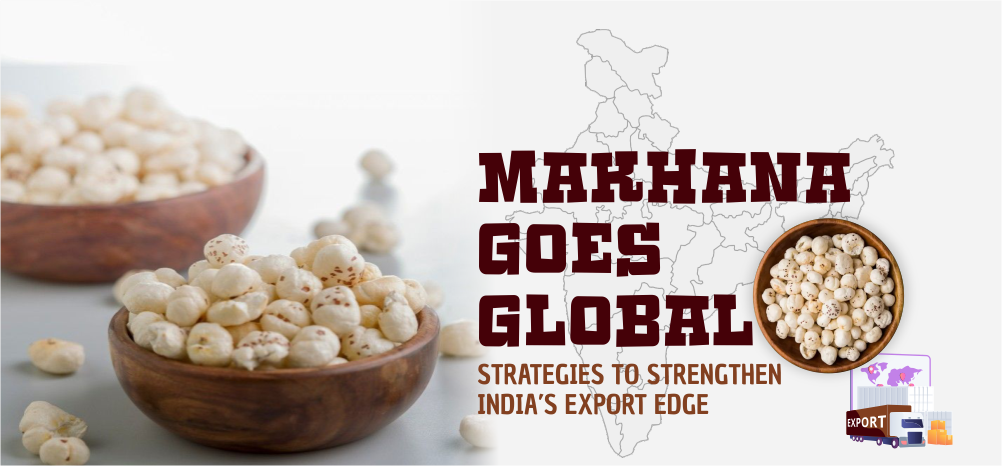Advantage India
Growing
Demand
* In July 2025, Indian gold ETF AUM reached Rs. 64,523 crore (US$ 7.5 billion) an 88% YoY increase, reflecting growing demand among retail investors.
* Total gold holding reached 66.7 tonnes, with two tonnes added in June 2025 and nine tonnes in H1 2025.
Increasing
Investments
* RBI’s gold purchases reached 57.5 tonnes in FY25 and was the second highest purchase in seven years from December 2017.
* Malabar Gold & Diamonds has opened its largest jewellery manufacturing facility in Hyderabad with an investment of Rs. 1,000 crore (US$ 116 million).
* Cumulative FDI inflows in diamond and gold ornaments in India stood at Rs. 12,337 crore (US$ 1,434 million) between April 2000-March 2025.
Policy
Support
* The Government has permitted 100% FDI under the automatic route in this sector.
* India has signed an FTA with UAE which will further boost exports and is expected to reach the target of US$ 52 billion.
* India has signed Economic Cooperation and Trade Agreement (ECTA) with Australia.
* The India-UK Free Trade Agreement is expected to more than double India's gems and jewellery exports to the UK, reaching Rs. 21,183 crore (US$ 2.5 billion) within the next two years.
Attractive
Opportunities
*India’s gold demand stood at 135 tonnes in Q2 2025 with full year forecast ranging between 600 to 700 tonnes, displaying opportunities for the sector to tap into the growing demand.
Major Hubs for Gems and Jewellery
- Surat
- Mumbai
- Jaipur
- Thrichor
- Nellore
- Delhi
- Hyderabad
- Kolkata

IBEF Campaigns
MORE
Aatmanirbhar Bharat Utsav 2024
Union Minister of External Affairs, Dr. S. Jaishankar and Union Commerce an...
Case Studies
MOREIBEF BLOG
MOREIndia’s Edtech Surge: Opportunities in Online Education and Training
The convergence of education and technology, known as Edtech has changed ho...
Culinary Diplomacy: How Indian Food Festivals Boost Tourism and Trade
What if diplomacy can be dished out on a banana leaf or served sizzling str...
From Bazaar to Broadband: The Changing Face of India’s Wholesale Market
Wholesale Indian markets have deep historical roots, often as old as the ci...












